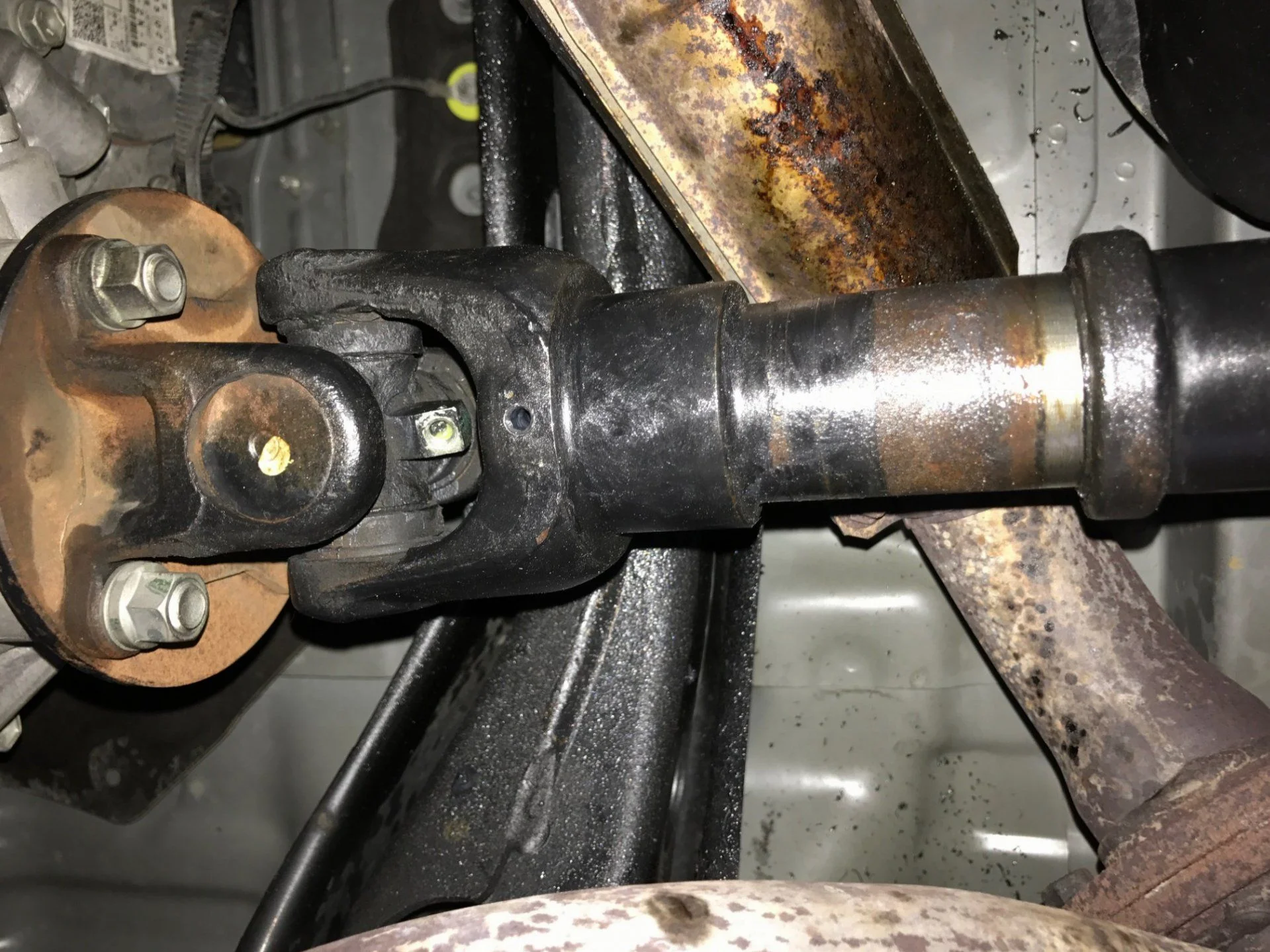I recently used Valvoline Durablend Moly #2 grease in the 2 slip joints- 20 pumps no sign of grease coming out of the seal, drove around the block, added another 20 pumps still no grease passing by the seal. I stopped adding grease at that point.
Lots of opinion on here about too little or too much, and interpretation of the FSM. If i didn't get enough in there I can always add more. Been driving it for a week, it's much better than before, and I've got no driveline noise, we'll see if 40 pumps in each slip joint was enough and how many miles that lasts before the clunk returns.
Tia- #1 grease is thinner- read 2001LC post on why he used it.
For the spiders I used Lucas Red n Tacky #2 - it's lithium based chassis grease. Doesn't take much to purge the old grease out.
Lots of opinion on here about too little or too much, and interpretation of the FSM. If i didn't get enough in there I can always add more. Been driving it for a week, it's much better than before, and I've got no driveline noise, we'll see if 40 pumps in each slip joint was enough and how many miles that lasts before the clunk returns.
Tia- #1 grease is thinner- read 2001LC post on why he used it.
For the spiders I used Lucas Red n Tacky #2 - it's lithium based chassis grease. Doesn't take much to purge the old grease out.

